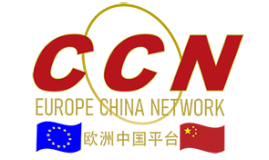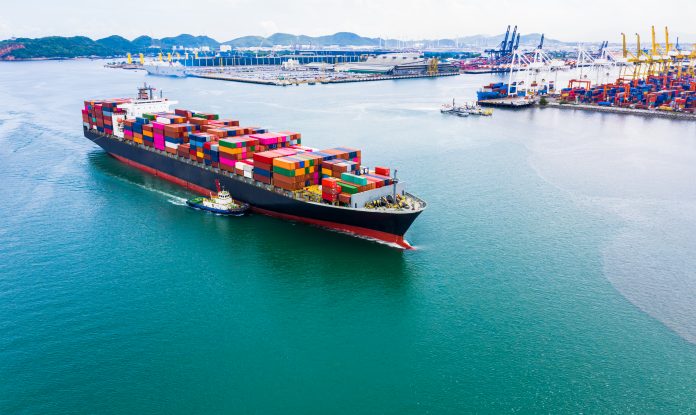The European Union and China are two of the biggest traders in the world. China is now the EU’s second-biggest trading partner behind the United States and the EU is China’s biggest trading partner.
The EU is committed to open trading relations with China. However, the EU wants to ensure that China trades fairly, respects intellectual property rights and meets its obligations as a member of the World Trade Organization (WTO).
In 2013 the EU and China launched negotiations for an Investment Agreement. The aim is to provide investors on both sides with predictable, long-term access to the EU and Chinese markets and to protect investors and their investments.
Possible change in the way the EU establishes dumping in trade defence investigations
- China is the EU’s biggest source of imports and its second-biggest export market. China and Europe trade on average over €1 billion a day
- EU’s main imports from China are industrial and consumer goods, machinery and equipment, and footwear and clothing
- EU main exports to China are: machinery and equipment, motor vehicles, aircraft, and chemicals
- EU-China trade in services amounts to more than 10% of total trade in goods, and the EU’s exports of services make up 19% of EU’s total exports of goods
Although the EU currently has a trade deficit with China European exports to other destinations; in fact the EU’s overall trade balance is positive.
EU-China: Trade in goods
TableEU importsEU exportsBalance201720182019Years0500-500Billions
EU-China: Trade in services
TableEU importsEU exportsBalance201620172018Years02550Billions
EU-China: Foreign direct investment
TableInward stocksOutward stocksBalance2018020406080100120140160180200
Unless otherwise mentioned “EU” concerns for all indicated years the current European Union of 27 Member States.
Date of retrieval: 22/04/2020
EU-China Comprehensive Agreement on Investment
EU and China
When China joined the WTO in 2001 it agreed to reform and liberalise important parts of its economy.
While China has made progress, some problems remain:
- A lack of transparency;
- industrial policies and non-tariff measures that discriminate against foreign companies;
- strong government intervention in the economy, resulting in a dominant position for state-owned firms, unequal access to subsidies and cheap financing, and;
- poor protection and enforcement of intellectual property rights.
In 2016 the EU adopted a new strategy on China mapping out the European Union’s relationship with China for the next five years. The strategy promotes reciprocity, a level playing field and fair competition across all areas of co-operation.
The strategy also includes a trade agenda with a strong focus on improving market access opportunities – including negotiations on a Comprehensive Agreement on Investment. It also deals with overcapacity and calls on China to engage with ambition at multilateral level.
Investment
The EU-China 2020 Strategic Agenda for Cooperation puts an EU-China Investment Agreement as central to the EU’s long-term bilateral relations with China. Negotiations for the Investment Agreement began in 2013
The negotiations aim to:
- improve investment for European and Chinese investors by creating investment rights and guaranteeing non-discrimination
- improve transparency, licensing and authorisation procedures
- provide a high and balanced level of protection for investors and investments, and;
- put in place rules on environmental and labour-related aspects of foreign investment
The EU concluded an impact assessment before negotiations started. It is now carrying out a Sustainability Impact Assessment to assess the potential economic, social, environmental, and human rights impact of the agreement.
The EU has commissioned studies to keep negotiators informed of the current trade picture, including:
- whether national treatment would be a sufficient basis to ensure market access under an EU-China investment agreement, and;
- the latest available data on investment between the EU and China.
Dialogues and meetings
The EU and China discuss policies and issues regarding trade and investment in a range of dialogues:
- the annual EU-China Summit: presidential level exchange on enhancing policy coordination on a number of issues, including trade;
- the EU-China High Level Economic and Trade Dialogue: an EU vice-president and the Chinese Vice Premier meet to discuss issues, accompanied by EU Commissioners and Chinese Ministers
- Joint Committee on Trade: annual ministerial level meeting, and;
- Trade and Investment Policy Dialogue: Director General-level meeting, and;
- Economic and Trade Working Group: expert-to-expert discussions.
Trading with China
Practical information for trading with China
- Importing into the EU from China
- EU trade defence measures on imports from China
- Exporting from the EU to China
Third-party relations
- The EU’s External Action Service is active in China
- China is a member of the World Trade Organization
- EU-China trade issues referred to the WTO Dispute Settlement Body
The EU’s work with China
- The European Union Chamber of Commerce in China (EUCCC) urges China’s new leaders to open up markets
- The EU supports China’s trade reform and sustainable development agenda via the EU China Trade Project (EUCTP)
- The EU also supports European SMEs to export to and invest in China and also offers SMEs specific advice on IPR issues
- The EU-China 2020 Strategic Agenda for Cooperation, adopted by both Parties at their 16th Summit in 2014.
https://ec.europa.eu/trade/policy/countries-and-regions/countries/china/






















